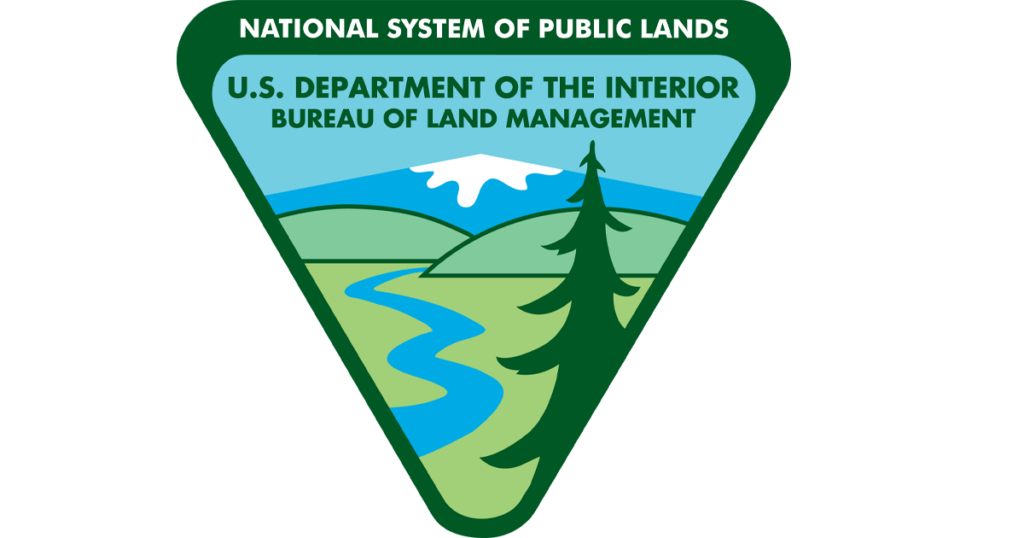The Bureau of Land Management (BLM) is updating regulations for developing and operating broadband infrastructure on public lands, in support of access to reliable high-speed internet service for every American.
The final rule on Broadband Authorization, Cost Recovery, and Vegetation Management for Fire Risk Management also reduces fire risk along power lines.
“Internet access is essential in an increasingly digital world, and ensuring that every American has reliable, high-speed access is a top priority for the Biden-Harris administration,” said Tracy Stone-Manning, BLM director. “Internet opens the door to job opportunities, educational resources, health care information, government services and social networks. By making it easier for service providers to put communications infrastructure on public lands, BLM is helping to ensure communities across America are connected.”
As part of President Biden’s Investing in America agenda, the Biden-Harris administration is committing $83.1 billion to provide affordable, reliable high-speed internet to everyone in the United States.
As the nation’s largest land manager, BLM plays a major role in connecting communities to the internet in the Western U.S. Updates in this final rule provide consistency in BLM’s review of applications to locate communications facilities on Federal land, allow project applications to be submitted electronically, and commit the agency to making a decision on applications within 270 days.
The rule also addresses the risks of wildfire to and from powerlines on BLM-managed public lands. Hazard trees and other vegetation near transmission and distribution lines can be ignition points for fires or become fuel for fires that start elsewhere. Clarifying requirements for vegetation management will enhance public safety while helping protect investments in infrastructure and resources on public lands.
In addition, the rule updates BLM’s cost recovery fee schedule for authorizing broadband projects, which will help ensure the BLM is fairly compensated for its work.
There are approximately 1,500 communications sites on BLM-managed lands, many of which include towers for cellular and wireless services. Additionally, BLM administers 5,000 miles of energy corridors for power transmission (connected to 1,000 miles of similar corridors on U.S. Department of Agriculture Forest Service lands), which are compatible with uses such as fiber optics and phone lines.
For more information on the BLM broadband rule, visit blm.gov/broadband-rule.
